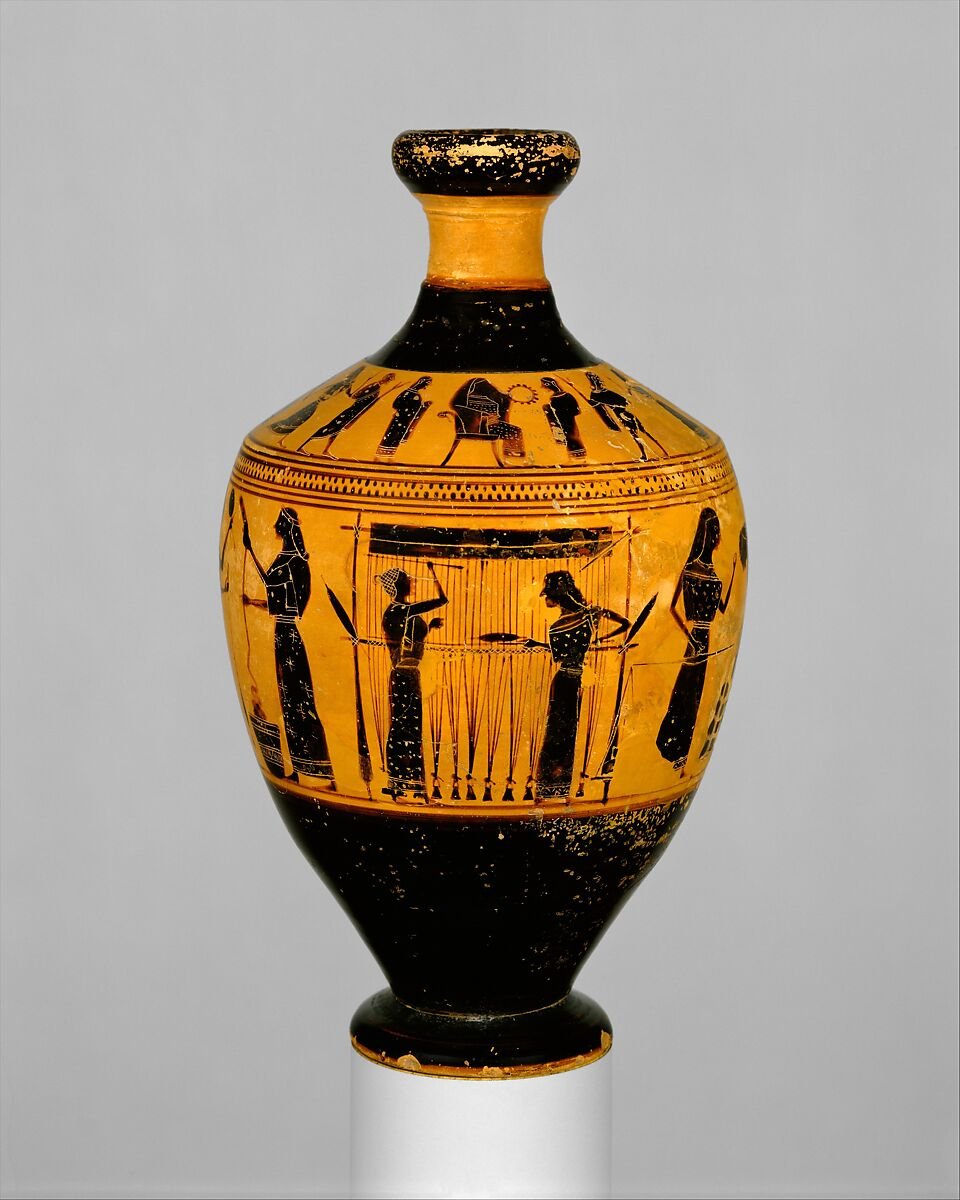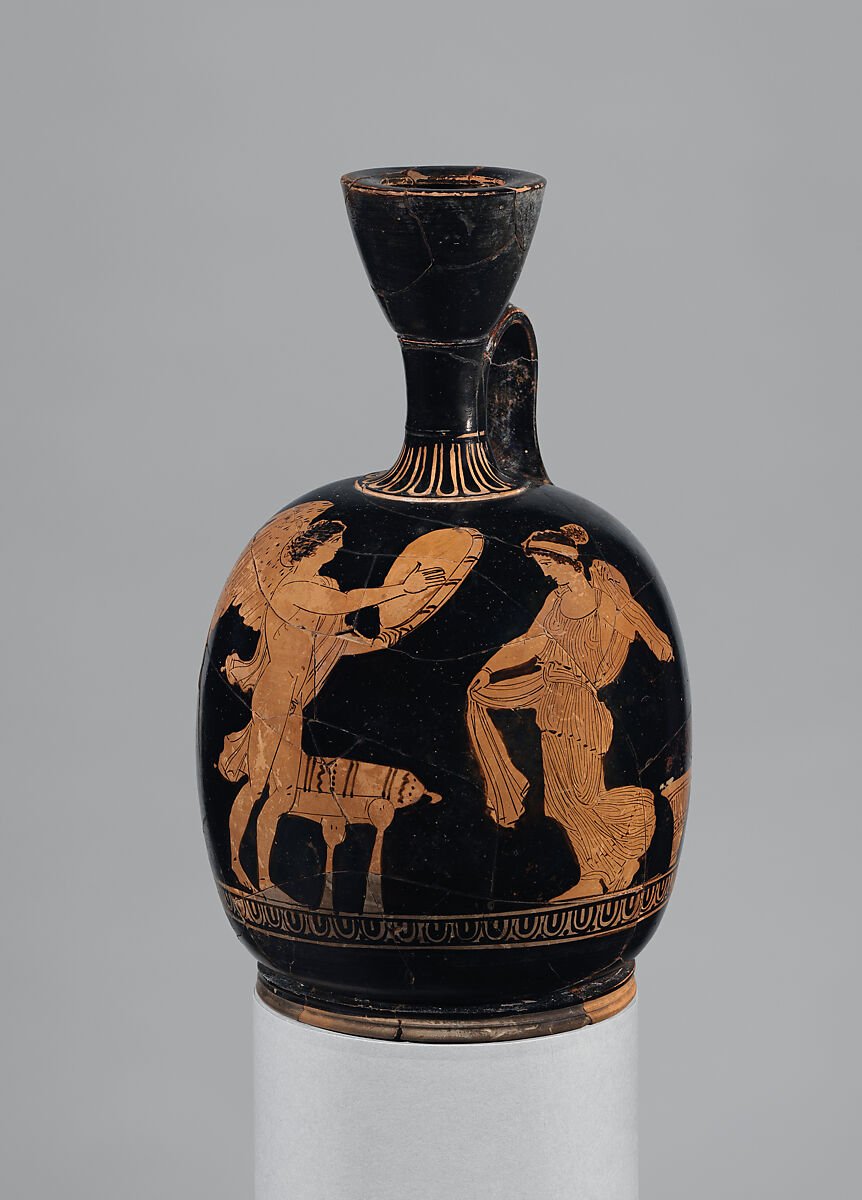A Look Inside THE MET: Ancient Greek Jugs
I visited The Metropolitan Museum of Art last week and spent some time exploring the Ancient Greek Exhibits. I was amazed by the vast collection of ancient terracotta jugs that have survived the centuries and have been restored for us to admire. The craftsmanship and detailed drawings etched on their surfaces are remarkable. These archeological discoveries give us a glimpse into what life was like in life in Ancient Greece. One takeaway from my Met excursion was how something as seemingly insignificant as an old jug can hold great importance in terms of functional, historical, and artistic merit.
FUNCTIONAL VALUE OF ANCIENT JUGS:
Storage
Carrying
Mixing
Serving
Drinking
Decoration
Cosmetic and perfume containers
Burial /ashes of the decreased were preserved
HISTORICAL IMPORTANCE OF ANCIENT JUGS:
Kept records of ancient stories and myths
Due to the durability of pottery, archeologists have been able to recover and learn much about ancient cultures from these vessels
Depicted important historical figures, gods and goddesses
Illustrated events of daily life in Ancient Greece
ARTISTIC SIGNIFICANCE OF ANCIENT JUGS:
Pottery craftsmanship
Glazes
Detailed drawings representing ancient myths, dramas, comedies, and scenes
INTERESTING PIECES TO LOOK OUT FOR (A few of my personal favorites!)
Terracotta Panathenaic Prize Amphora - 530 B.C.
Terracotta volute - Krater (Bowl for mixing wine and water) - 450 B.C.
Terracotta Lekythos (Oil flask) - 550-530 B.C.
Terracotta Squat Lekythos (Oil flask) - Late 5th Century B.C.
After two hours of exploring these ancient jugs, I realized that I had not even scratched the surface of the knowledge embedded in these pieces.




